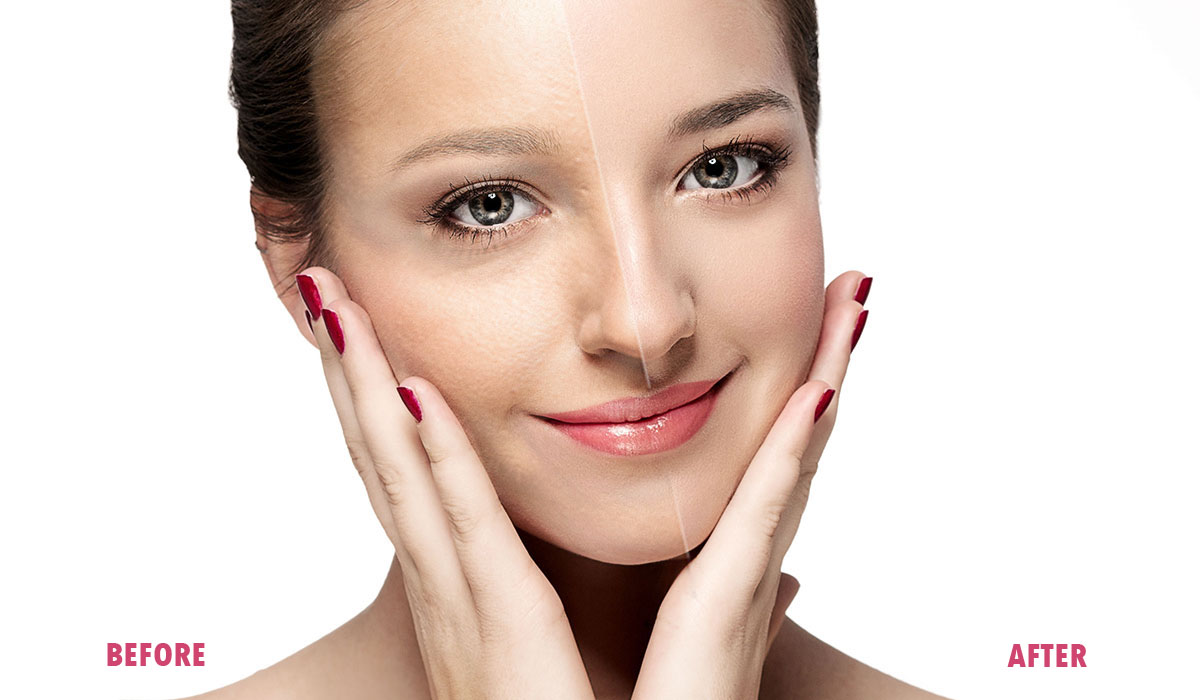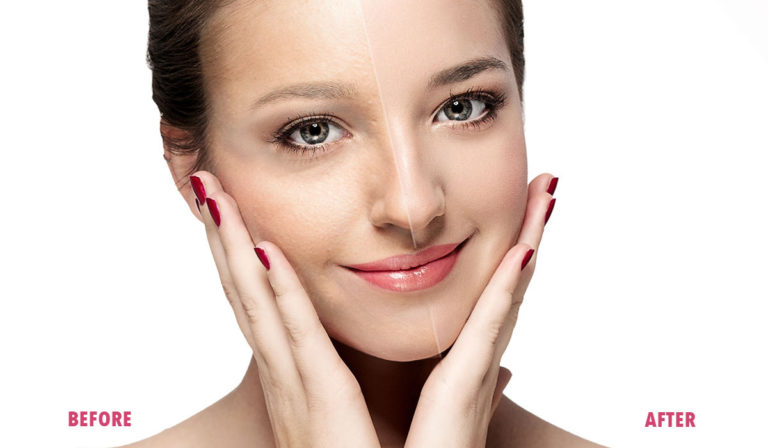People are always on the lookout for the next big thing when it comes to skincare solutions for improving one’s appearance. This primarily includes skin resurfacing solutions which can be done in various ways – chemical peels, laser treatment and Dermabrasion to mention a few.

However, there is one other solution that is well worth considering — skin needling! If you’re reading this, then you are probably interested in the same. Of course, it would be best to learn more about the treatment before spending any amount of time and money on it.
What exactly is skin needling?
You’ve probably heard skin care experts say great things about skin resurfacing solutions like Dermapen skin needling and for a good reason. For one thing, the latter requires minimal recovery time since skin needling is less invasive and does not inflict any lasting injury on the skin. This makes it a practical choice for people looking for a skin resurfacing solution that won’t force them to spend time out of their busy schedules.
A dermatologist or cosmetic surgeon can perform skin needling on an out-patient basis. Such a treatment is suitable for treating minor imperfections on the skin such as small scars, wrinkles and acne.
Skin needling works through a process called Collagen Induction Therapy (CIT) wherein small needles are used to create microscopic injuries that stimulate collagen production in the skin. For decades, skin experts have been experimenting with various means to reduce scars and have found that skin needling holds the most promise. How is this so?
What is it like getting a skin needling treatment?
Before you buy Dermapen 4 or similar skin needling treatments, it would be best to learn as much as you can about the process first. Only then can you prepare yourself for the procedure both physically and psychologically.
The first thing your skin doctor does during your skin needling appointment is to cleanse your skin thoroughly. Doing so will maximise the results of the treatment as well as ward off the risk of infection. A numbing cream is then gently applied to the area of the skin being treated to help manage pain and discomfort. In some cases, a skin doctor may recommend the intravenous use of general anaesthetics for patients who have a low tolerance for pain and discomfort.
As you might imagine, skin needling involves pressing hundreds of tiny needles into the skin to create hundreds of microscopic injuries. These wounds are too small to cause any lasting damage to the skin and only serve to stimulate collagen production and achieve an even skin tone.
Towards the end of the treatment, a soothing cream may also be applied to the skin being treated to help manage discomfort. Patients can expect the skin to appear reddish during the first few days but should entirely disappear in less than a week.
What results to expect out of skin needling?
Skin needling can be done on just about every area of the body, including the face, hands, neck, chest and back. Overall, the treatment can help improve skin appearance by reducing wrinkles and scars. Just one session can help boost collagen levels in the skin for up to 12 months, which makes skin needling more cost-effective than other skin resurfacing treatments.
For best results, skin doctors recommend that patients undergo up to five skin needling sessions. This would, of course, depend on the nature and extent of one’s skin problems. Patients who want to get rid of extensive scars may need to undergo more sessions before they see any noticeable improvement. If you’re only dealing with a few wrinkles, then you may find that your skin looks noticeably better after the first treatment. In any case, patients will need to wait between sessions to give their skin time to recover.











